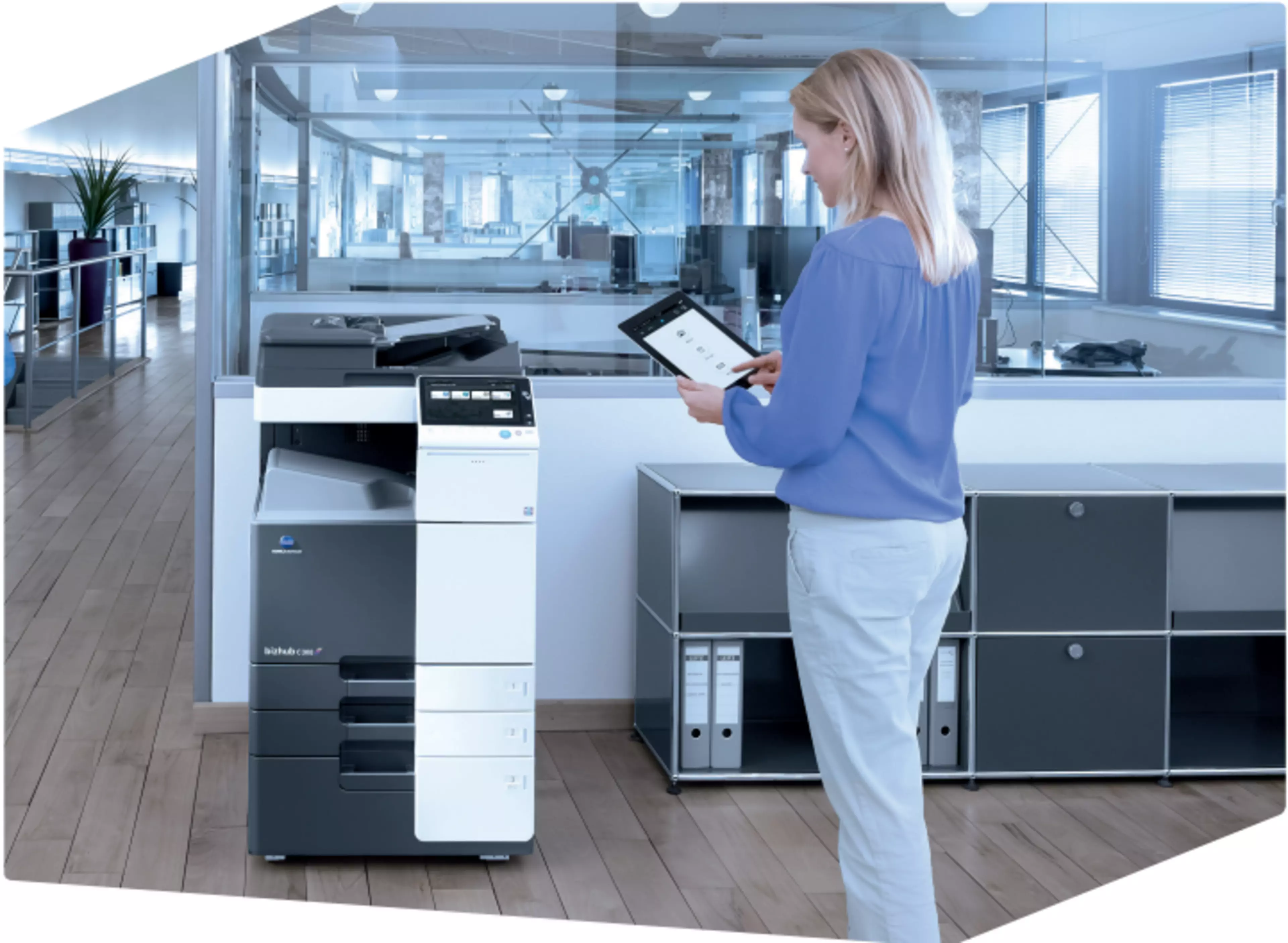JOHANNESBURG – March 14, 2017 – Konica Minolta South Africa, a division of Bidvest Office (Pty) Ltd, has launched its first fully digital label press system, which will fill the gap between entry-level and high-end digital label printing presses. The bizhub PRESS C71cf is the ideal, affordable device for profitable short to mid runs, offering a plethora of benefits including ease of operation, production flexibility, quick turnaround and variable data printing (VDP) functions.
“The number of high-mix, low-volume print jobs continues to increase and print companies need to complete orders within shorter lead times,” says Leon Minnie, production print solutions manager at Konica Minolta South Africa. “In fact, according to InfoTrends report, ‘What do converters want?’, 60 percent of converters’ print jobs today, come in at a run length of under 10,000.
“Printing demands that were difficult to fulfil with conventional presses can now be processed more efficiently thanks to the flexibility of digital printing. As a result, growth in all digital packaging and label markets is booming. A study undertaken by marketing research institute, Smithers Pira, shows that the volume of printed square metres in this sector will increase to seven billion in 2017,” he continues.
“Representing Konica Minolta’s first step of a range of label and packaging solutions in its innovative industrial printing portfolio, the bizhub PRESS C71cf is the smart answer to this digital transformation process, ideal for label printers who are looking to shift volumes from conventional presses to digital, as it can produce short to mid runs on-demand and at a competitive price. With dimensions of approximately 3.5m x 1m, the C71cf is also a space saver, with a short substrate path allowing for less wastage.”
To achieve its highest performance, the C71cf device uses a dry toner electro-photographic imaging engine and prints roll-to-roll CMYK at 18.9m/min at a native solution of 1,200 x 1,200 DPI/ 8 bit. Maximum unwind/rewind diameter is 500mm (20in).
The continuous feed printing system is capable of printing a wide range of self-adhesive material, including coated and uncoated paper, polypropylene, PET and synthetic paper. The main application areas are labels for beverages, liquors, industrial goods, cosmetics, medicines, household products and food.
“The bizhub PRESS C71cf offers outstanding productivity, brilliant image quality and a surprising ease of use. This innovative label printer is ideal to expand into new markets and perfectly complements existing analogue machines,” Minnie concludes.


